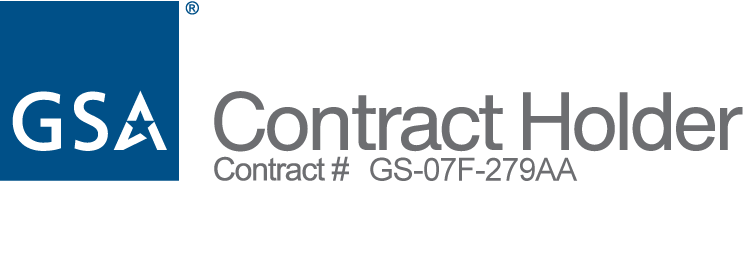Free Ground Shipping on orders over $50
Safety without compromise
Eyewear built for the most rugged work conditions
Workers in the oil and gas industry face a vast array of personal safety challenges, especially when it comes to their eyes. Work-related injuries are 49% higher for the oil and gas field industry than for all US industries combined. Thousands of employees sustain injuries and miss work yearly due to the lack of inadequate eye protection. High quality protective eyewear can reduce the chances of an eye-related injury occurring at these extremely dangerous worksites.
Work crews are constantly battling environmental, mechanical and chemical hazards as they go about their work. The intense glare of the sun, heavy equipment, hot liquids, gases, welding sparks, falling debris and grinder fragments present serious threats to the eye health of your workers. The chemical elements in this industry have the potential to be flammable, corrosive, irritating or worse. Injuries caused by exposure to dangerous chemicals, physical impacts to the face, high speed projectiles or airborne debris can cost thousands of dollars in lost production time and medical expenses. In the worst-case scenario, temporary or permanent blindness.
Oil and gas workers face a massive amount of personal safety challenges, especially when it comes to their eyes. Work-related injuries are 49% higher in the oil and gas industry than for all US industries combined. Thousands of employees miss work yearly due to injuries they sustain from lack of adequate eye protection. Eye-related injuries occurring on extremely dangerous worksites can be reduced by using high-quality protective eyewear.
Work crews are constantly battling environmental, mechanical, and chemical hazards. The intense glare of the sun, heavy equipment, hot liquids, gases, welding sparks, falling debris and grinder fragments present serious threats to the eye health of your workers. The chemical elements in this industry have the potential to be flammable, corrosive, irritating or worse. Injuries caused by exposure to dangerous chemicals, physical impacts to the face, high speed projectiles or airborne debris can cost thousands of dollars in lost production time and medical expenses. In the worst-case scenario, temporary or permanent blindness could result . In addition, high-quality eyewear protects from eye strain, which leads to fatigue. Overworking the muscles around the face and eyes causes clenching which can lead to fatigue. Fatigue can be a dangerous distraction causing workers to be inattentive.
Premium protective eyewear goes far beyond the minimums established by OSHA. Wiley X lenses are made of shatterproof polycarbonate lenses. Eyewear stamped with ANSI Z78.1+ offers the highest level of protection against heavy objects flying at fast speeds and is the gold standard for safety eyewear. For long-term sun exposure, our eyewear blocks 100% UVA/UVB rays and offers sophisticated polarization technology. Wiley X frames are exceptionally durable and designed to withstand the most hazardous work environments without breaking. Shattered frames provide zero protection and have the risk of embedding pieces of the frame in your face or eyes upon destruction. Our h igh-wrap frame styles offer additional protection against light, debris and impacts to the eyes and face. Wiley X has glasses with climate control protection, equipped with a removable foam seal between the face and frames. This feature is ideal for filtering out fine particles, dust, wind, or other airborne containments, allowing visual clarity for oil and gas workers.
Not all safety eyewear is created equally. For your crew to work safely and productively, they need premium eye protection. If the eyewear is comfortable, it is more likely your crew will keep it on and reduce the risks of accidents. Select a vendor with a proven record for developing and manufacturing eyewear meeting the highest standards for safety. Inquire about the vendor’s test protocols and certifications to ensure they meet your standards. Consider alternate styles that offer specific functions and features that could benefit your crew. Our experts are available to answer questions and make recommendations for your specific needs.
The best protective eyewear goes far beyond the minimums established by OSHA. Look for shatterproof polycarbonate lenses. Eyewear stamped with ANSI Z87.1 offers the highest level of protection for high mass and high velocity impacts and is the gold standard for safety eyewear. For long term sun exposure, choose eyewear that blocks 100% UVA/UVB rays and offers sophisticated polarization technology. Frames should be exceptionally durable and designed to withstand the abuse of the most rugged work environments without breaking. High-wrap frame styles offer additional protection against light, debris and impacts to the eyes and face. Another choice to consider is climate control eyewear that includes a removable foam seal between the face and frames. This feature is ideal for filtering out fine particles, dust, wind or other airborne contaminants.
Not all safety eyewear is created equal. For your crew to remain safe and productive, they need premium eyewear protection. Work with a vendor that has a proven record for developing and manufacturing eyewear that meets the highest standards for safety. Inquire about the vendor’s testing protocols and certifications to ensure they meet your standards. Consider alternate styles that offer specific functions and features that could benefit your crew. Our experts are available to answer questions and make recommendations for your specific needs.
“Work-related injuries are 49% higher for the oil and gas field services industry than for all US industries combined.”
EVERYTHING YOU NEED TO GET THE JOB DONE
- ANSI-RATED PROTECTION
- HIGH VELOCITY IMPACT
- HIGH MASS IMPACT
- OPTICAL CLARITY
- PRESCRIPTION-READY
- CLIMATE CONTROL*
- CHANGEABLE LENSES*
- VENTILATION*
- BALLISTIC RATED*
*AVAILABLE ON SELECT MODELS
POPULAR OIL AND GAS MODELS
Certifications
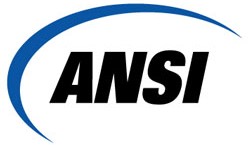
ANSI (American National Standards Institute) approves standards submitted by established committees in any given industry. Wiley X is proud to be a part of 3 separate ANSI committees and has a key role in the development and continued evolution of these standards. ANSI Z87.1 is the American National Standard for Occupational and Education Personal Eye and Face Protection Devices. It contains performance specifications, and markings of eye and facial safety products — setting the standards they must meet for protection and optical clarity.

ISO 9001 is a globally recognized standard which outlines the requirements needed to implement a Quality Management System (QMS) in any given organization. The QMS is a set of policies, processes and procedures required for planning and execution of production, development and service within the core business area of an organization. (i.e. areas that can impact the organization's ability to meet customer requirements.) The Wiley X, Inc. QMS integrates the various internal processes within the organization and provides a process approach for project execution. The Wiley X, Inc. QMS enables us to identify, measure, control and improve the various core business processes that will ultimately lead to improved business performance and customer satisfaction.

OSHA's mission is to "assure safe and healthy working conditions for working men and women by setting and enforcing standards and by providing training, outreach, education and assistance". By law, employers must provide their workers with a workplace that does not have serious hazards and must follow all OSH Act safety and health standards.
OSHA also sets standards for PPE. Personal protective equipment is addressed in specific OSHA standards for general industry, maritime, and construction. OSHA requires that many categories of personal protective equipment meet or be equivalent to standards developed by the American National Standards Institute (ANSI). This section highlights OSHA standards and documents related to personal protective equipment.
US Federal OSHA 1910.133(B)(1)(i) ANSI/ISEA Z87.1-2010, Occupational and Educational Personal Eye and Face Protection Devices, incorporated by reference in § 1910.6

V0 ballistics standards consist of frames and lenses being impacted with a .15 caliber projectile traveling 640-660 fps, or a goggle frame and lens with a .22 caliber projectile traveling 550-560 fps.
Wiley X eyewear models that are part of the Authorized Protective Eyewear List (APEL) are tested to the Alpha version of the V0 ballistics standard which consists of a spectacle frame and lens being impacted with a .15 caliber projectile traveling 700-725fps, or a goggle frame and lens with a .22 caliber projectile traveling 580-590fps. Both tests are meant to simulate shrapnel that may be encountered on the battlefield.
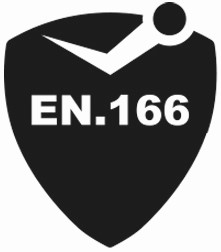
EN.166 is the European certification for personal eye protection. When a piece of eyewear is EN.166 certified it generally means that it is a piece of safety eyewear.
The correct term is actually EN.166 personal Eye Protection European Standard, but is normally referred to as EN.166 or EN.166. It is the core technical industrial safety norm in Europe for eye protection applying to all types of individual protection of the eye which protects from hazards likely to damage the eye, except for nuclear radiation, x-rays, laser emissions and infrared emitted by low temperature sources.
EN.166 is often the minimum required certification regarding eyewear in Personal Protective Equipment (PPE).
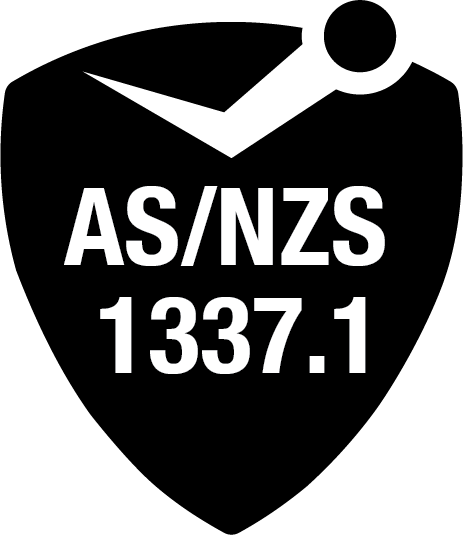
Wiley X models meet the AS/NZS 1337.1-2010 standards. This standard specifies minimum requirements for non-prescription eye and face protectors and associated oculars designed to provide protection for the eyes and faces of persons against common occupational hazards such as flying particles and fragments, dusts, splashing materials and molten metals, harmful gases, vapours and aerosols.
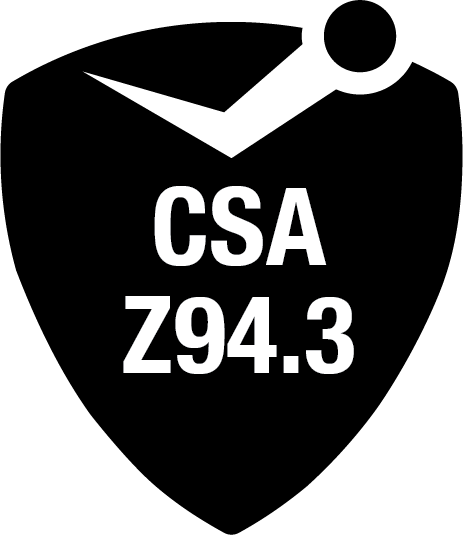
Wiley X models meet Canadian CSA Z94.3 standards. This standard relates to eye and face protectors for industrial and educational processes. Hazards covered by the standard include: flying particles/objects, heat/sparks, chemical splashes, molten metal, UV, visible and infrared radiation. Requirements are outlined for impact resistance, ignition/flammability requirements, replacement components, clear zero-power lenses, prescriptionprotective eyewear, zero-power filters and zero-power special-purpose lenses.
